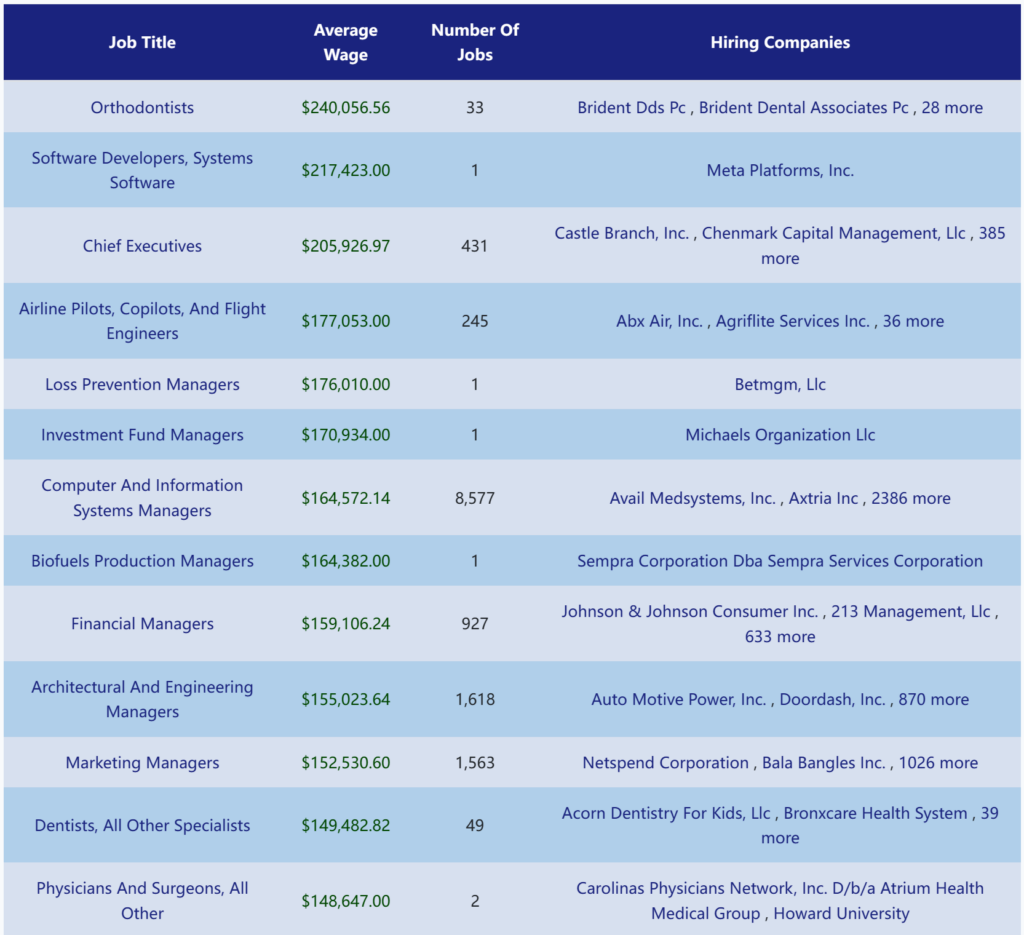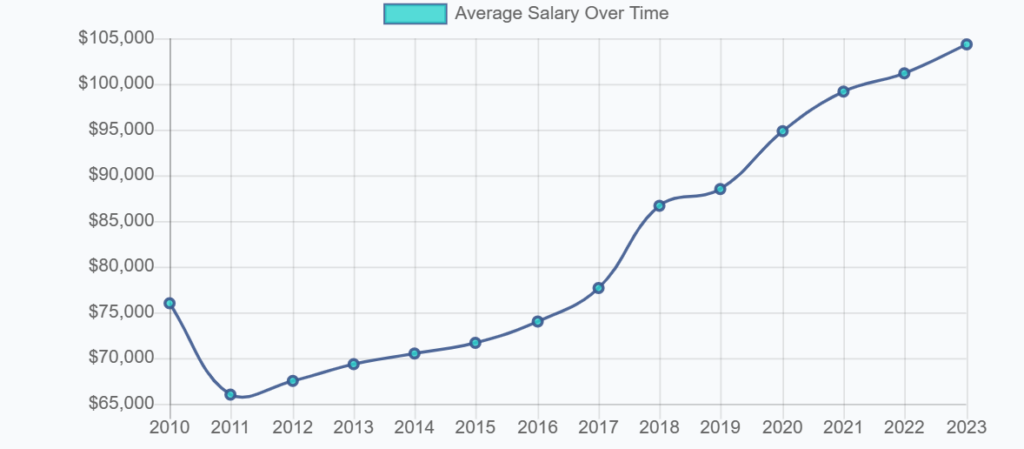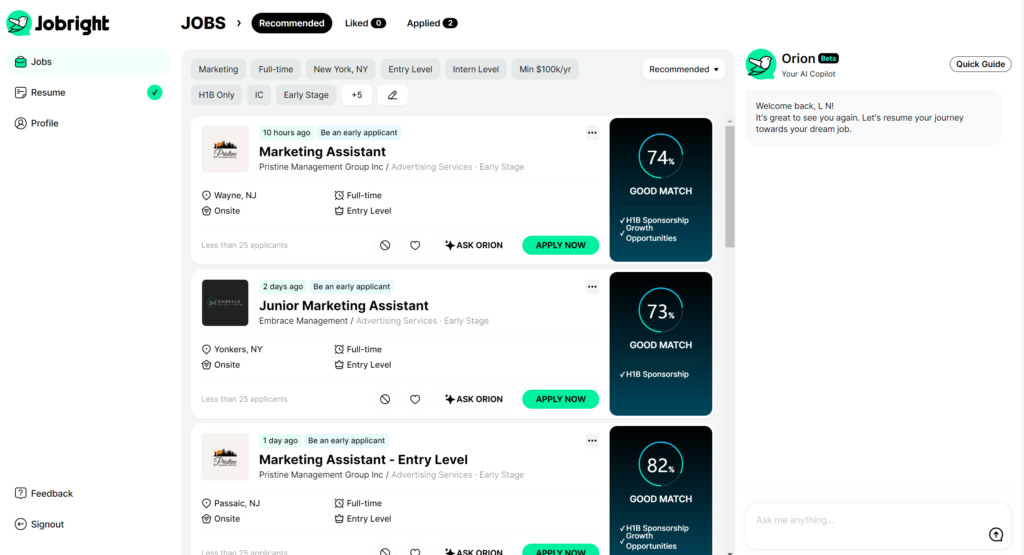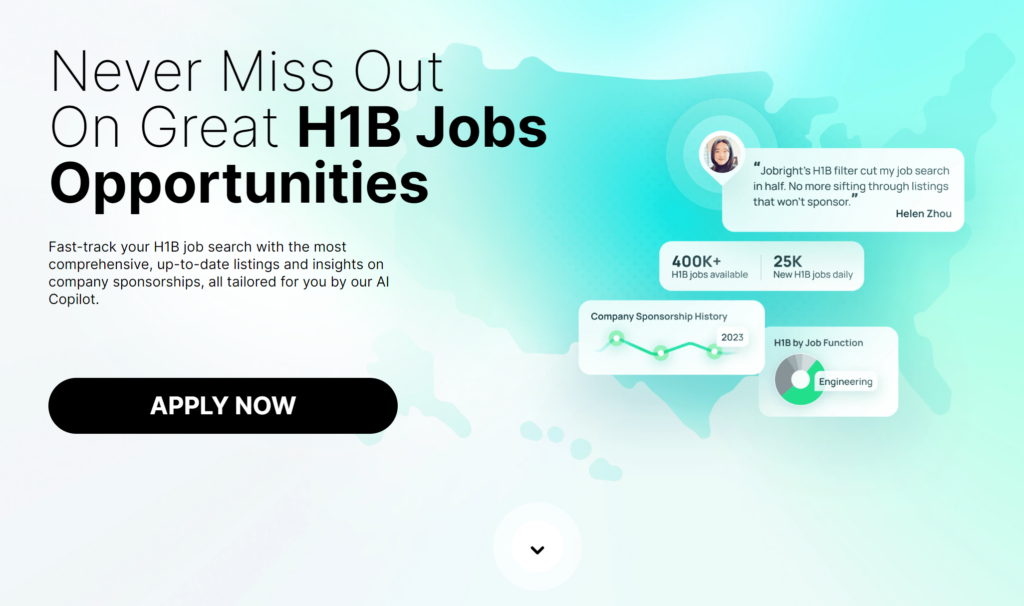The Ultimate H1B Salary Guide: Navigating Your Worth in 2024

Table of Contents
Processing the H1B salary protocols in 2024 can be tricky given the myriad of guidelines set by the Department of Labor (DOL). Your profession’s specialized skills, learning curve, job location, and many such variables govern these wages, making comprehension a challenge. Dive into the essential dynamics of H1B wage structures in this go-to guide.
🔍 Understanding H1B Salaries
The table below shows the top paying H1B visa jobs for the year 2023 across all job categories.

In 2010, the salary for all H1B visa jobs was $76,011. It peaked in 2023 with an average salary of $104,257, and the recent trend shows the salary on an incline.

The H-1B salary is a representation of your expertise in your niche profession. Your skillset, educational background, work experience, and job location influence these wage levels. The DOL stipulates a prevailing wage that fulfills two primary functions: it ensures that you receive adequate compensation and establishes a base pay standard. Moreover, statutory obligations require that an employer compensate an H1B worker with either the prevailing wage or the actual wage of similar roles, opting for whichever is higher.
🎓 H1B Wage Levels Explained
Level I (Entry Level): Workers at this level are beginning their careers and require close supervision. They possess a basic understanding of the job and perform routine tasks that don’t require prior extensive experience.
💡For example: A software developer with less than two years of experience working primarily on programming tasks under close guidance.
Level II (Qualified): This level is for workers who have gained a fair amount of experience and can perform moderately complex tasks with some degree of independence. Meanwhile, they have a sound understanding of their occupational duties and require minimal supervision.
💡For example: A financial analyst with 2-5 years of experience conducting financial modeling and analysis with some oversight from senior staff.
Level III (Experienced): Workers at this tier possess a high degree of skill and can perform complex tasks without supervision. They are expected to manage and direct projects, solve complex problems, and may have supervisory roles over others.
💡For example: A project manager with over 5 years of experience leading projects from conception to completion, overseeing teams, and handling client relations independently.
Level IV (Fully Competent): This level is for individuals who have a deep understanding of their occupation and can perform the most complex and specialized tasks. So, they often have leadership responsibilities and are considered experts in their field.
💡For example: A senior engineer with more than 10 years of extensive experience in their field, capable of designing complex systems, leading R&D efforts, and mentoring junior engineers.
💬The Art of Salary Negotiation for H1B Visa Holders
Knowing wage levels and industry standards, even H1B visa holders can confidently negotiate fair compensation despite potential employment risks.
Strategy in Negotiation Talks 🗨️
Armed with data on typical salaries for his role, H1B visa holder Andre successfully negotiates a salary increase by citing his cross-functional software development experience that aligns with the company’s growing needs.
Salary Negotiation and the Role of the H1B Visa Holder💼
Negotiation is a critical aspect of the job hunt. As an H1B visa holder, you might face unique challenges in the negotiation table. Studies reveal that H1B visa holders often accept lower wages, but a well-informed negotiation can bridge this gap.

💡 Factors Affecting H1B Salaries
H1B visa holders’ salaries are shaped by market demand for their skills and regulatory guidelines. Some of the most significant factors include:
Education Level🎓: Higher degrees often equate to higher salary offers, as they indicate a specialized level of knowledge and skills.
Industry Standards💼: Certain industries offer higher wages, typically based on their profitability and the demand for specialized skills.
Geographic Location📍: Salaries can vary greatly depending on the cost of living in different cities and states. Positions in high-cost areas like San Francisco or New York typically offer higher wages.
Experience and Skill Level📈: More experienced workers with specialized skills command higher wages. The DOL designs its four-tier wage level system for H1B visa holders to reflect varying degrees of experience and proficiency.
Employer Size and Revenue🏢: Larger companies or those with higher revenues may offer more competitive salaries to attract top international talent.
Prevailing Wage Rates✅: The prevailing wage rate, set by the federal government for each occupation and area, dictates the minimum salary for H1B visa holders.
As a result, by understanding these factors, H1B visa holders can better assess job offers and negotiate salaries that are commensurate with their qualifications and market rates.

🚀 How Can Jobright.ai Assist You?
Jobright.ai simplifies the search for H1B-sponsored roles, giving professionals the edge they need in understanding salary scopes and offering negotiation power through comprehensive data on wage standards. Toggle on “Work authorization: H1B sponsorship” to explore and align with the roles that best fit your wage expectations.
👉All you need to do is click on the “Filter” button and check the H1B sponsorship box!

👉Then you will be able to get a large number of up-to-date jobs that meet your requirements!

At Jobright.ai, we untangle the job search process for H1B visa holders. Effortlessly uncover H1B sponsoring roles, browse through the plethora of vacancies, and filter them as per your needs. Simply select “Work authorization: H1B sponsorship” within the site filters, and you’re all set for an enriched job search experience. Finally, give your career a power boost with ‘Jobright.ai’. Let your dream job discovery start today!

